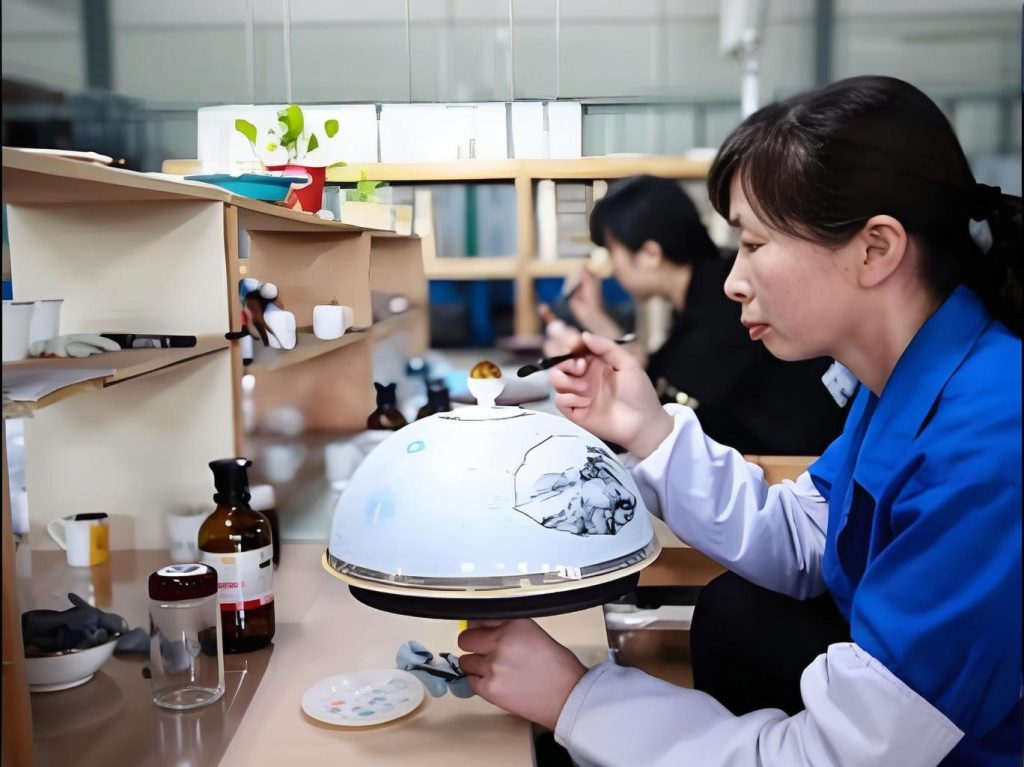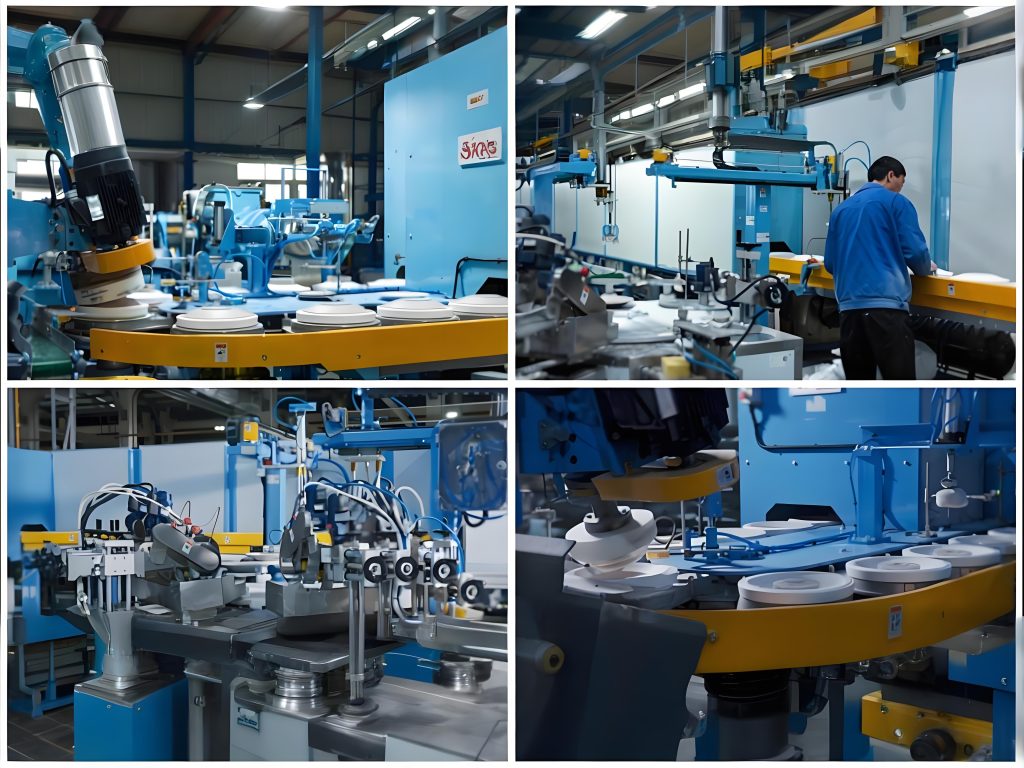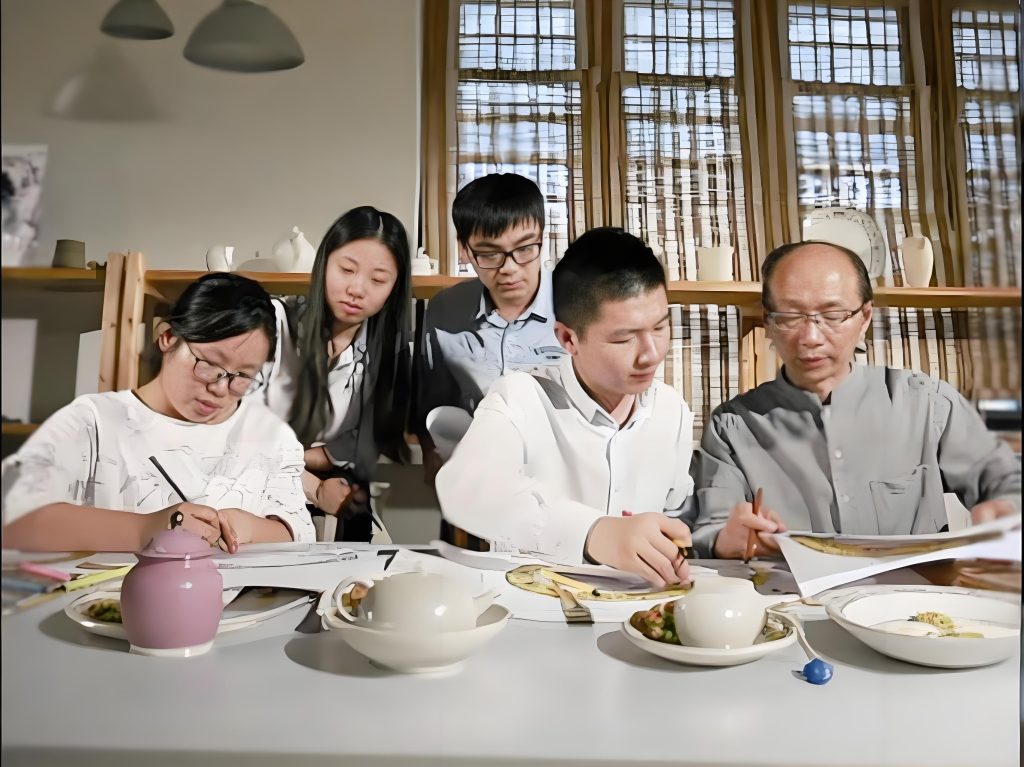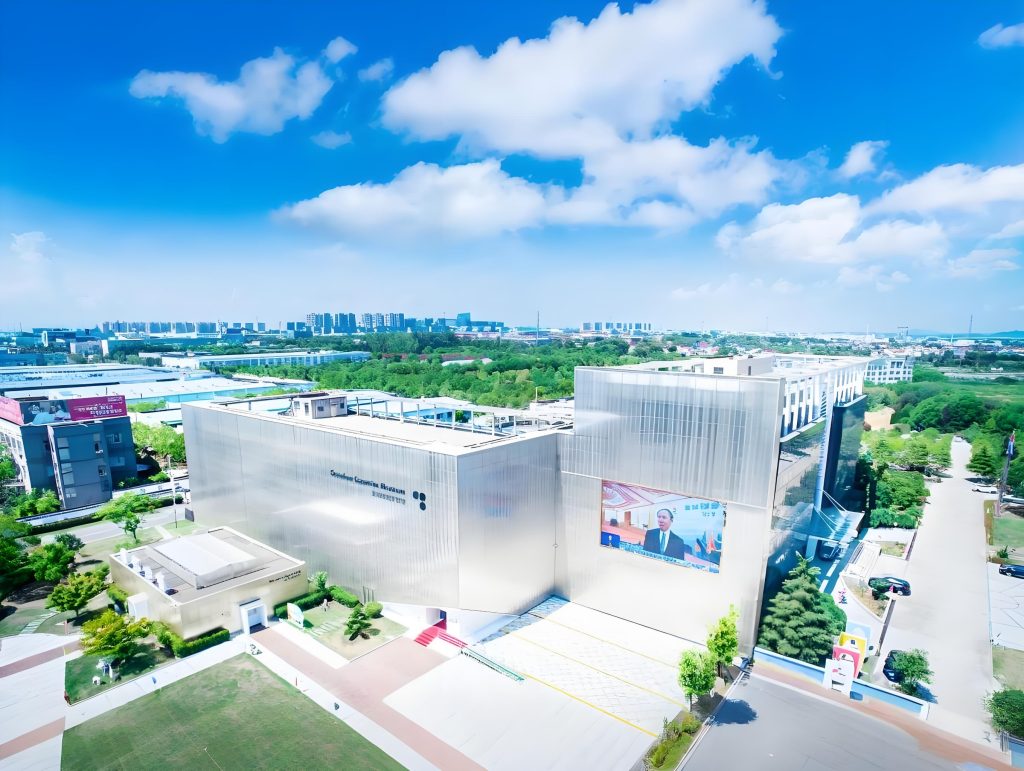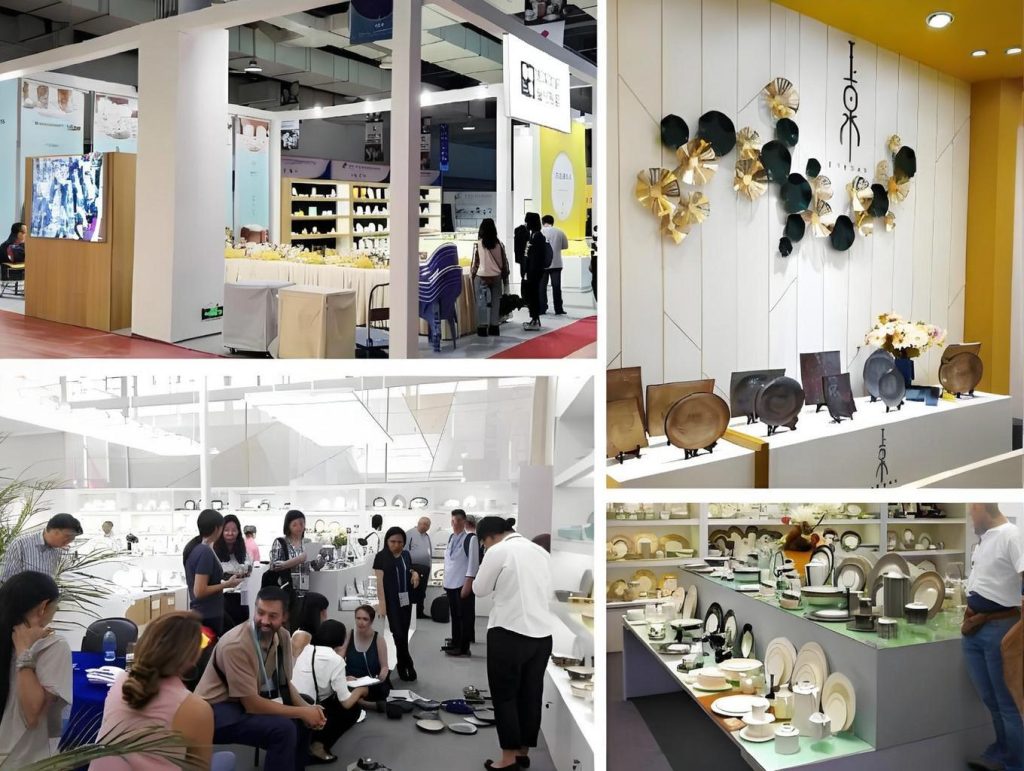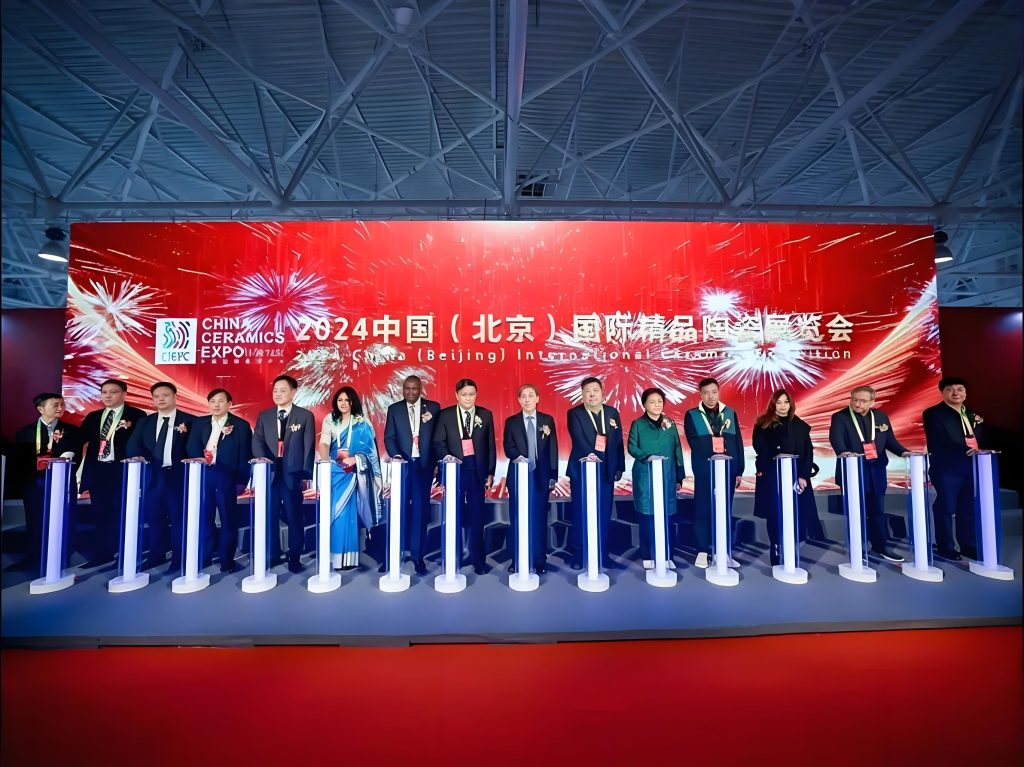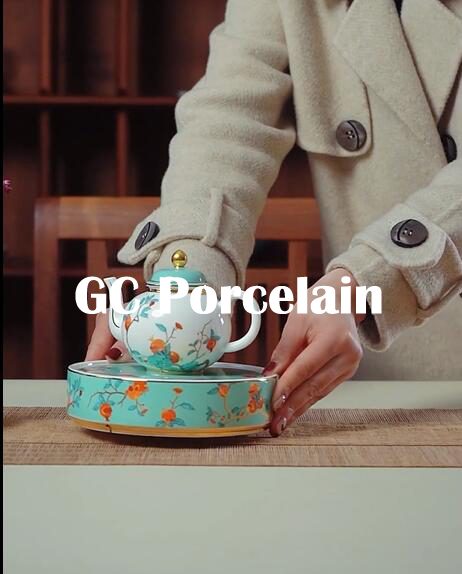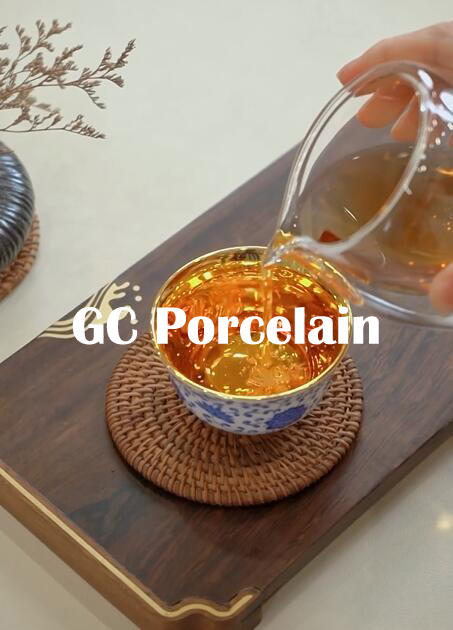Corporate Event Tableware: Why Successful Events Put So Much Effort Into This?
Last week I went to a tech company’s annual party. The moment I sat down, the tableware caught my eye. It wasn’t flashy or luxurious. Just the right kind of quality. The organizers later told me they spent three weeks choosing it. I thought that was excessive at first. But after going through Quora and Reddit discussions about corporate events, I realized something. People who really know their stuff treat tableware as the event’s invisible business card.
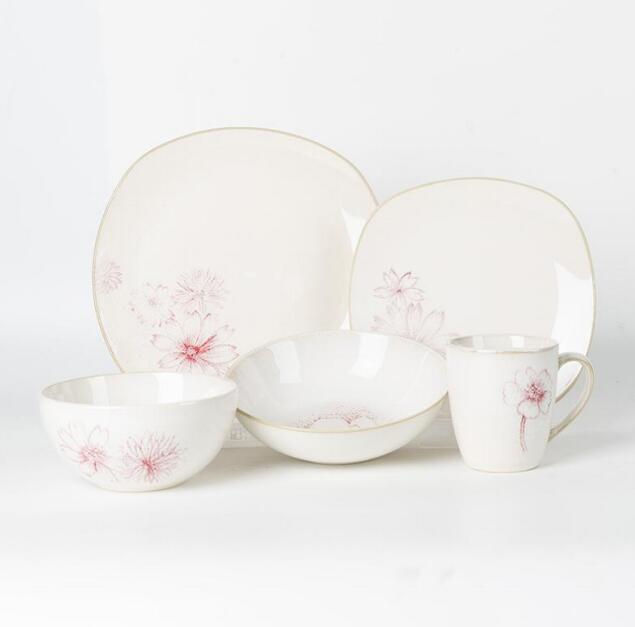
Why Does Tableware Become the “Silent Guest” at Corporate Events?
There’s a Quora question with over 500,000 views. “What makes a corporate event memorable?” Two of the top three answers mentioned “dining experience.” One event planner’s response hit hard:
“Guests might forget your speech topic. But they’ll definitely remember that awkward moment when a plastic fork almost poked their lip.”
Reddit’s r/EventPlanning is even more real. Someone complained their company used disposable tableware to save money. Result? They couldn’t post any event photos on social media. “Who wants their brand associated with cheap plastic plates?”
This made me realize something. Corporate event tableware isn’t just a supporting role. It’s:
- Your brand’s physical extension: You say you care about details. Tableware is the direct proof.
- A customer experience touchpoint: From seating to dining, every contact sends a message.
- A social media “photo killer”: Beautiful table settings naturally spread your brand image.
Real Pitfalls: Three Major Mistakes in Choosing Corporate Event Tableware
Mistake 1: The “Good Enough” Disaster
There’s a vivid Reddit post about this. A finance company’s client appreciation dinner used standard hotel white porcelain. Nothing wrong with that normally. But their brand colors were deep blue and gold. The whole venue looked upscale. Except the tables felt “disconnected.”
Someone in the comments nailed it:
“It’s like wearing a tuxedo with flip-flops.”
Spot on. I asked several event planner friends later. They all said the same thing. Tableware style must match the event theme. Tech company product launch? Simple black and white lines work better. Fashion brand dinner? Bone china with gold edges can hold the room.
Mistake 2: Chasing “Premium Feel” Backfires
There’s a Quora question: “Should I use fine china for a corporate lunch?”
The top answer is practical:
- Outdoor events: Fine china = broken pieces + cleaning nightmare
- Buffet style: Heavy plates make guests’ hands tired
- Limited budget: Quality matte ceramic beats cheap imitation bone china
This reminded me of a case I saw. A startup’s team building insisted on wine glasses for juice. Result? Spills everywhere on the grass. They switched to regular glasses. Scene compatibility matters more than just being “premium.”
Mistake 3: Ignoring Sustainability Costs Us Today
This topic exploded on Reddit’s r/ZeroWaste and r/sustainability boards.
Someone shared their experience. They attended a corporate forum claiming to be “eco-friendly.” But it used non-degradable plastic tableware. Guests immediately called it out on Twitter. The brand’s PR team worked overnight on damage control.
The trend is clear now:
- Reusable materials (bamboo fiber, stainless steel) are mainstream
- The tableware’s “eco-story” itself becomes a marketing point
- Clients judge company values by tableware choices
A tableware manufacturer CEO said on Quora:
“In the past five years, 70% of our corporate orders specifically requested sustainable materials. This isn’t a trend. It’s standard.”
How Professionals Do It: Their Tableware Selection Logic
After reading through discussions, I found something. Companies that run beautiful events all have their own logic:
Step One: Define the Event’s “Emotional Keywords”
Don’t jump straight to choosing tableware. First ask: What do we want clients to feel?
- Trust → Choose heavy, textured ceramic
- Innovation → Try irregular shapes or matte black
- Approachability → Warm-toned wood or bamboo tableware
Step Two: Deep Communication with Tableware Manufacturers
This point gets overlooked. Many think finding manufacturers means “order-receive.” But professionals:
- Request samples for testing (visual effects under different lighting)
- Ask about cleaning and storage requirements
- Confirm customization support (like engraving event logos)
A Reddit event planner shared:
“Good manufacturers tell you which designs look pretty but aren’t practical. Shallow plates splash with pasta. Angular cups aren’t kid-friendly.”
Step Three: Do a “Tableware Scenario Rehearsal”
Sounds excessive? But companies actually do this.
Before the actual event, set up a few real scenarios:
- Take photos to check camera appeal
- Have the team test for feel and practicality
- Simulate cleaning process, calculate time costs
An event director on Quora said:
“We found a perfect-looking tableware took 20 extra minutes to wash. For 300 people, that’s 100 hours of labor. We switched immediately.”
Brilliance “Hidden” in the Details
1. Tableware’s “Layered Logic”
Not all segments use the same size tableware.
Professional approach:
- Opening reception: Small glasses + thumb-sized plates (easy for one-handed socializing)
- Formal dining: Complete sets (looks formal)
- Dessert time: Switch to light spoons and coffee cups (creates relaxed atmosphere)
These changes make guests subconsciously feel “the event’s rhythm.”
2. Tableware’s “Touch Memory”
This is the most interesting discussion I found on Reddit.
Someone did an experiment. Same food, rough ceramic versus smooth porcelain. Guest ratings differed by 15%.
Touch memory lasts longer than visual. After an event ends, guests might forget the PPT. But the weight of tableware in hand, the rim’s temperature, quietly influence their overall brand impression.
3. Tableware’s “Social Friendliness”
There’s a Quora question: “Why do networking events often use small plates?”
The answer is clever:
- Small plates make people return for food frequently → Increases movement and interaction
- Stemware design → Forces guests to maintain elegant posture
- Shared large plates → Creates “ice-breaking” topics
Tableware selection essentially designs the social flow.
What If Budget Is Limited?
This is the most asked question on Reddit.
Several proven effective methods:
Option 1: Rent Instead of Buy
Many tableware manufacturers offer corporate rental services. Cost is only 1/3 of buying. Includes cleaning too.
Option 2: Mix and Match for Layering
Use economical ceramic for basics. But use premium tableware at key spots (main table, VIP area). Visually not cheap. Budget saves 40%.
Option 3: Make Tableware a “Takeaway Gift”
Some companies directly customize logo eco-tableware sets. Give to clients after events. Two birds:
- Controls purchase costs (no rental needed)
- Tableware becomes brand merchandise, extends marketing cycle

Final Thoughts
After writing this, I realized something. Corporate event tableware looks like choosing plates and cups. But it’s really answering: “What do I want clients to remember?”
Truly successful corporate events never treat tableware as a “must-have” checklist item. They treat it as a silent brand conversation. Your material choice states your values. Your style selection defines your aesthetics. Clients feel every bit of effort you put into details.
Next time you plan an event, ask yourself this. If clients post a table photo on social media, what caption do I want?
If the answer is “this company really gets life,” your tableware choice is right.
Tips:
- Contact tableware manufacturers 2 months ahead. Custom orders need time.
- Keep a sample set for future event reference.
- Ask clients for feedback after events. “Tableware experience” is often overlooked but very real.
If you have any questions or need to custom dinnerware service, please contact our Email:info@gcporcelain.com for the most thoughtful support!

